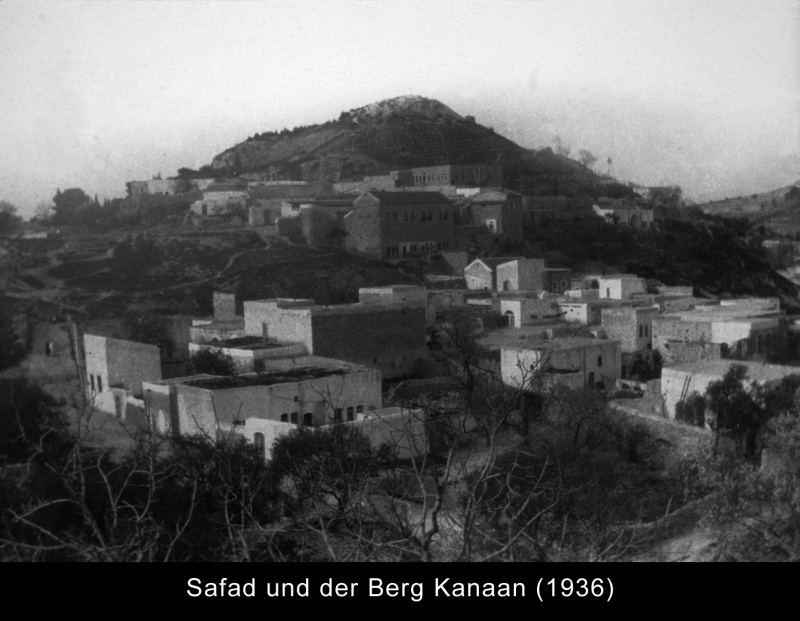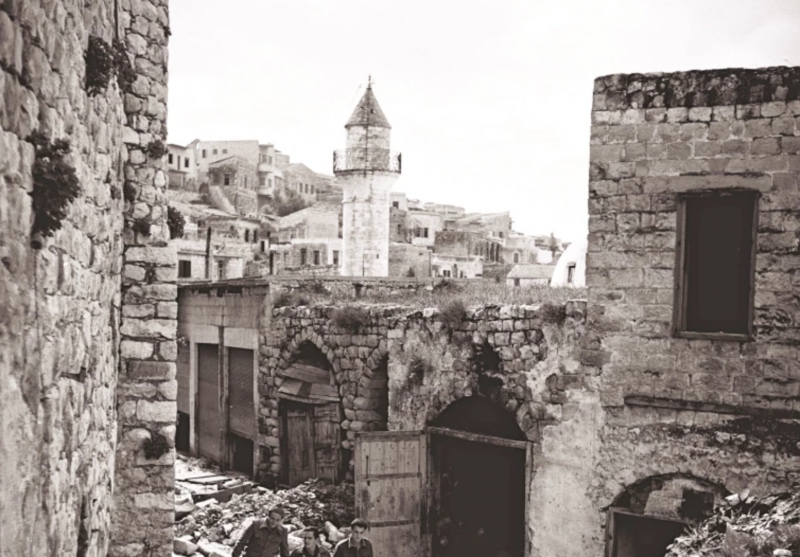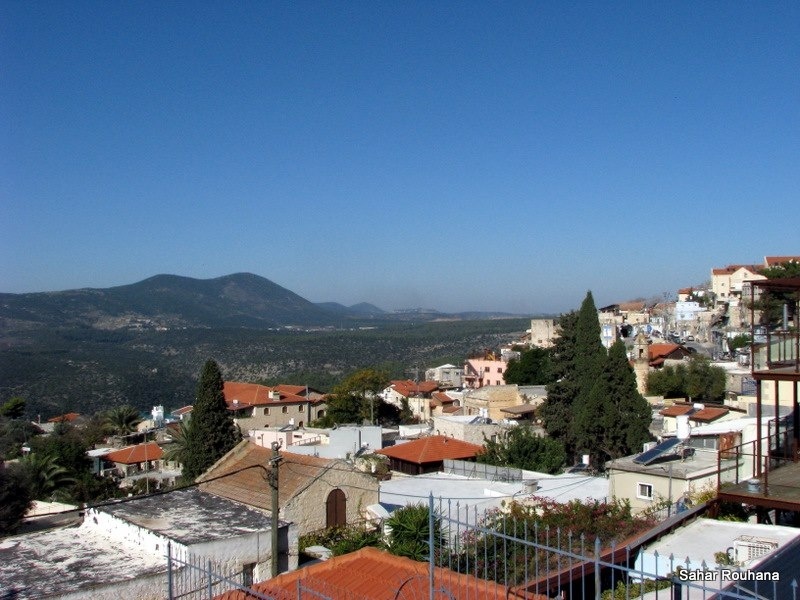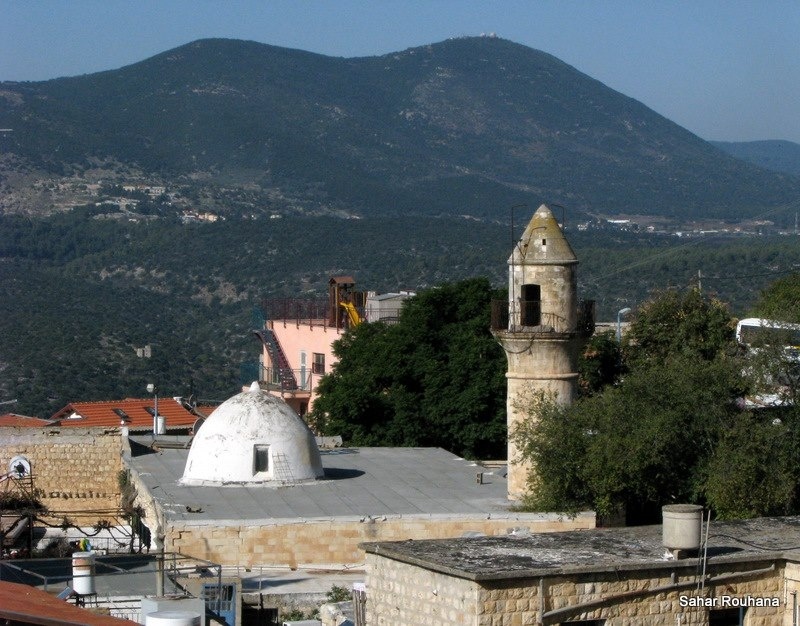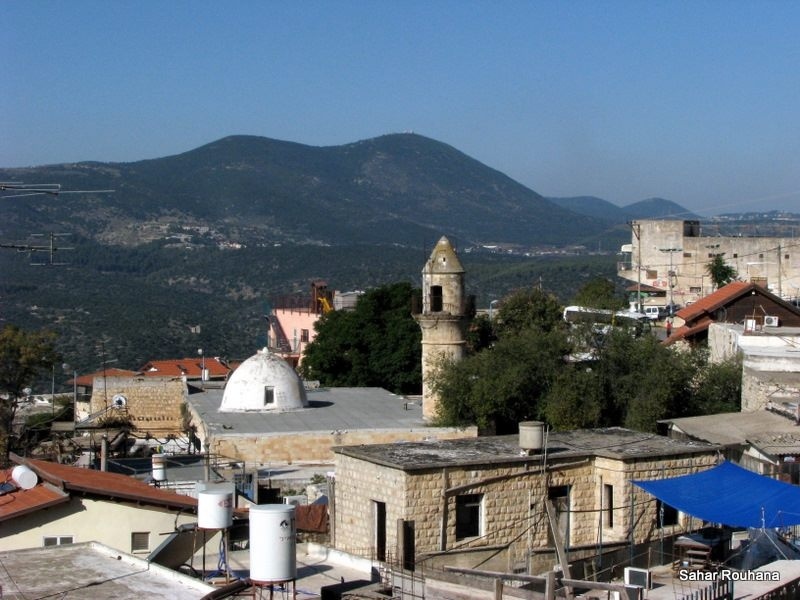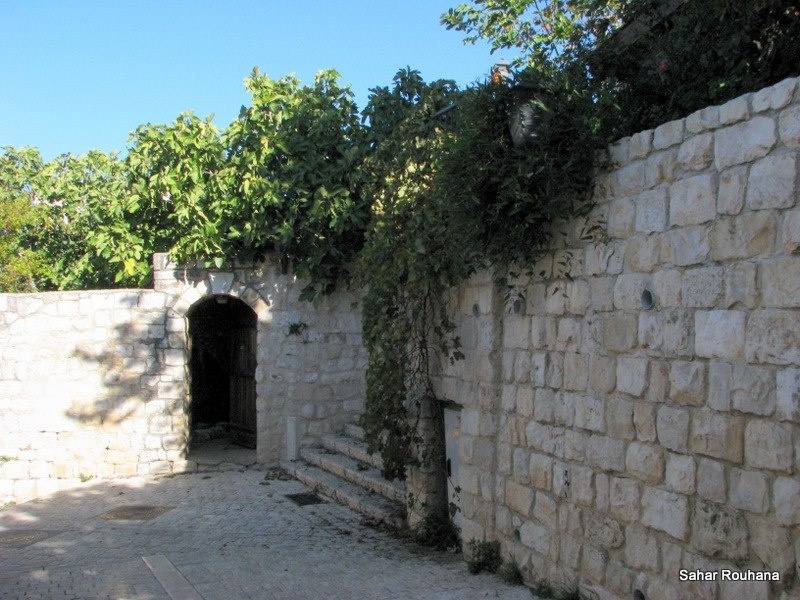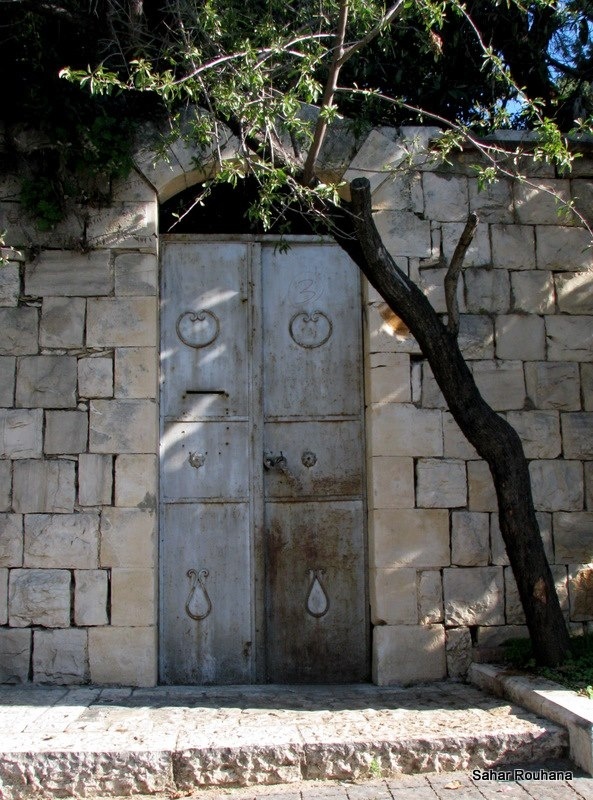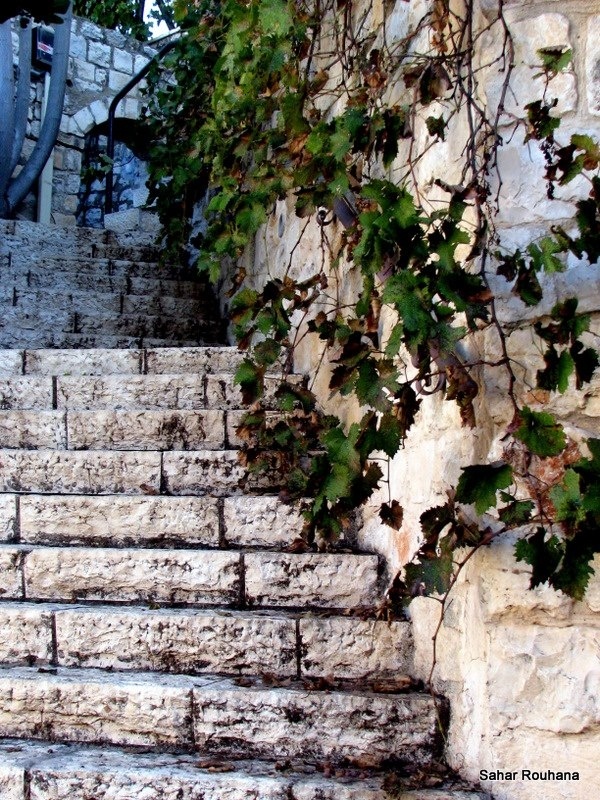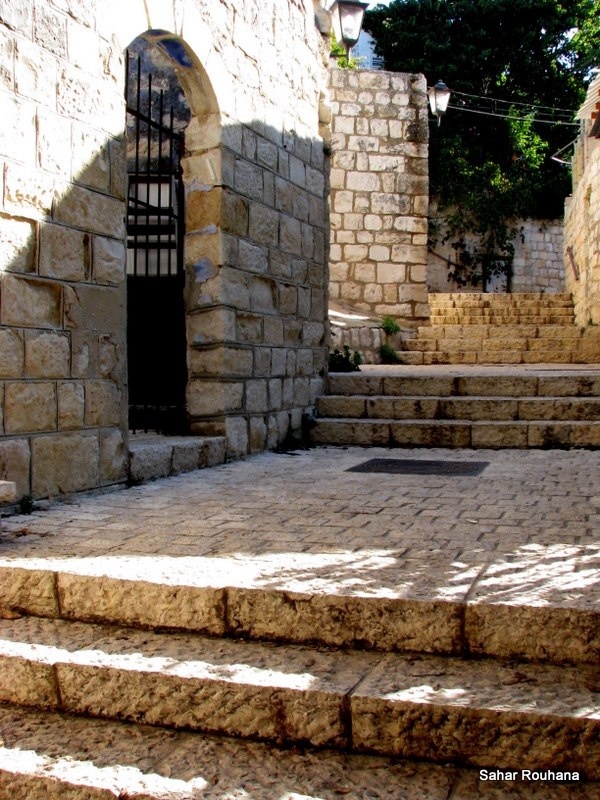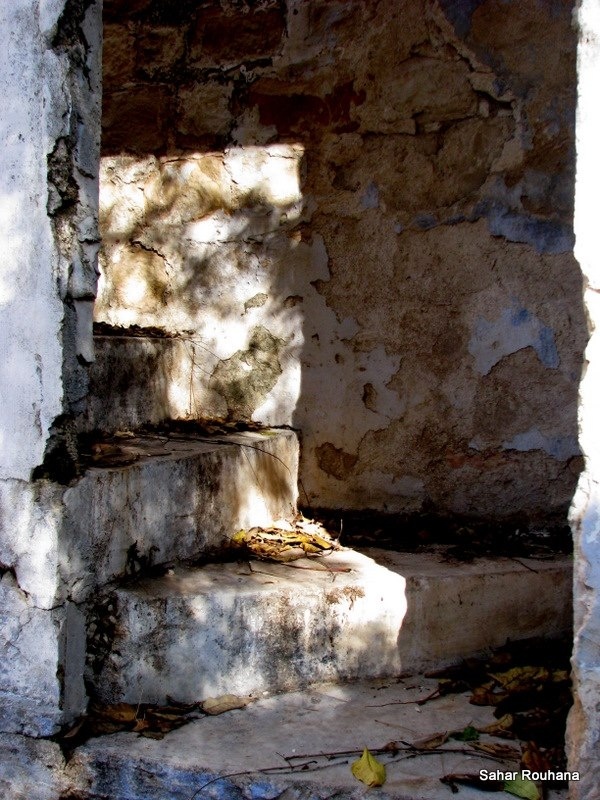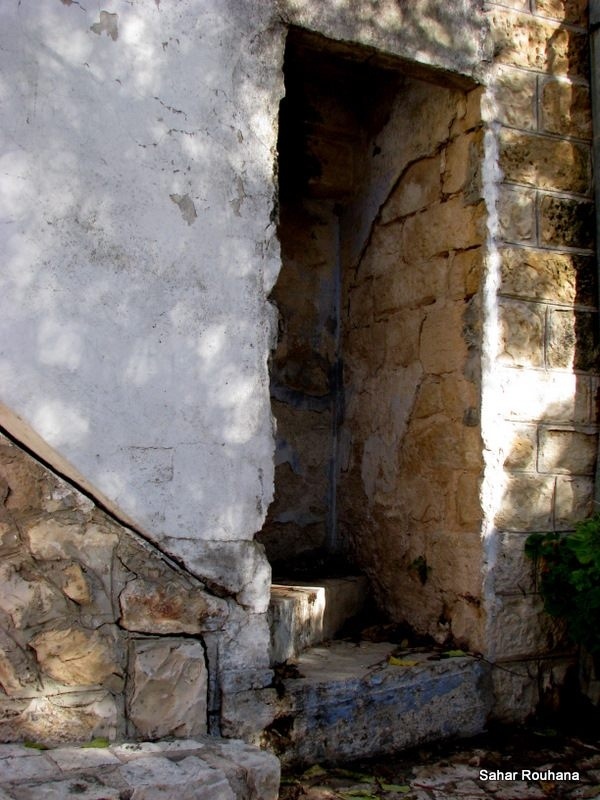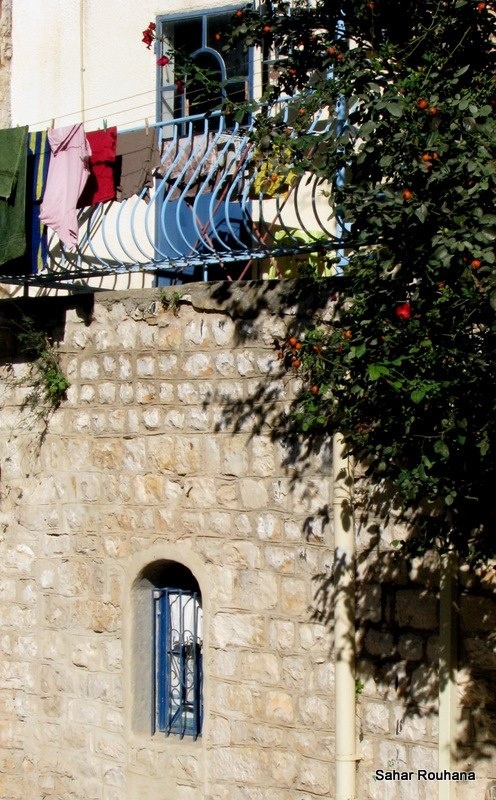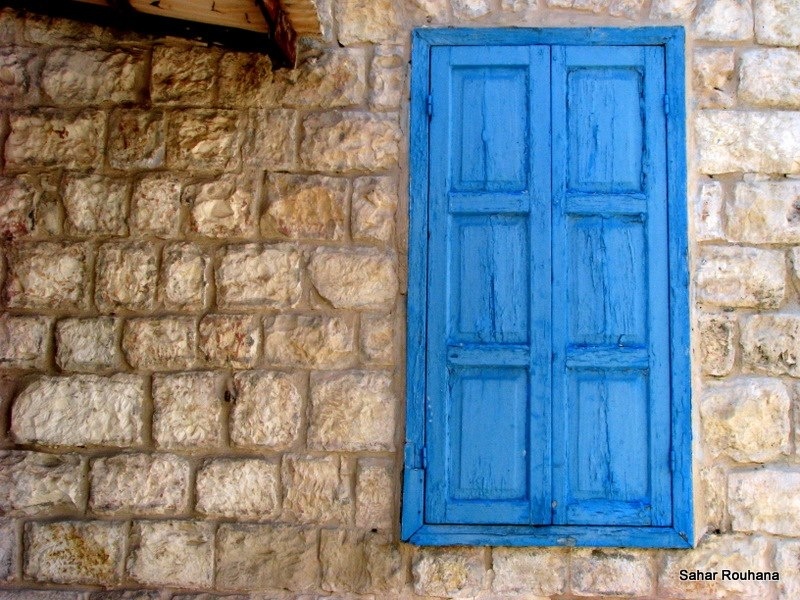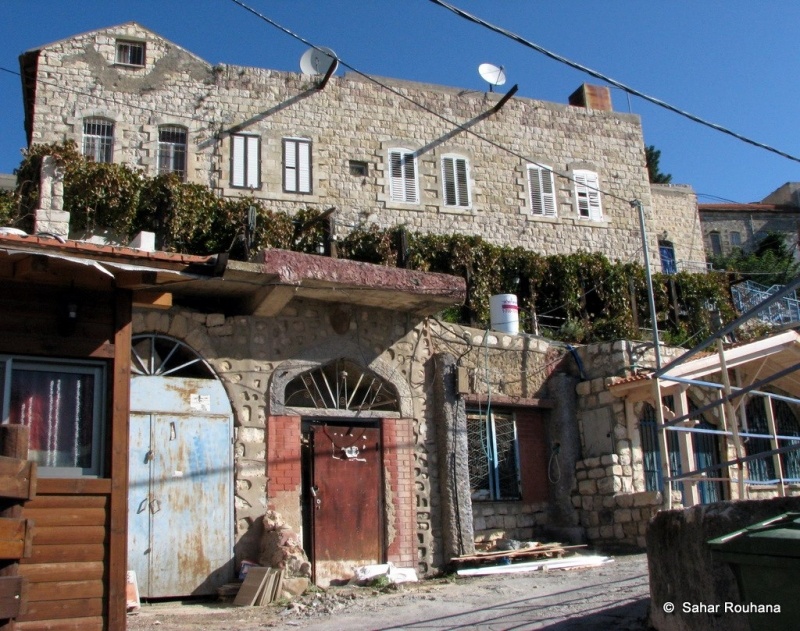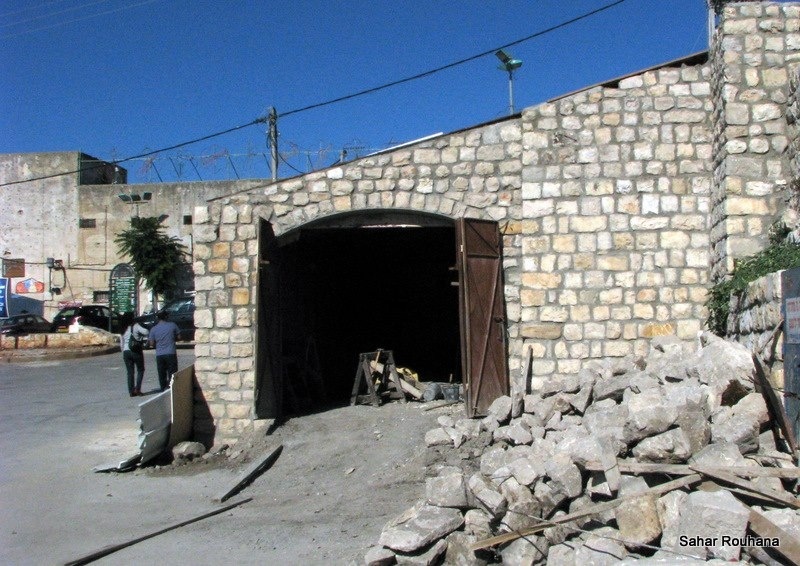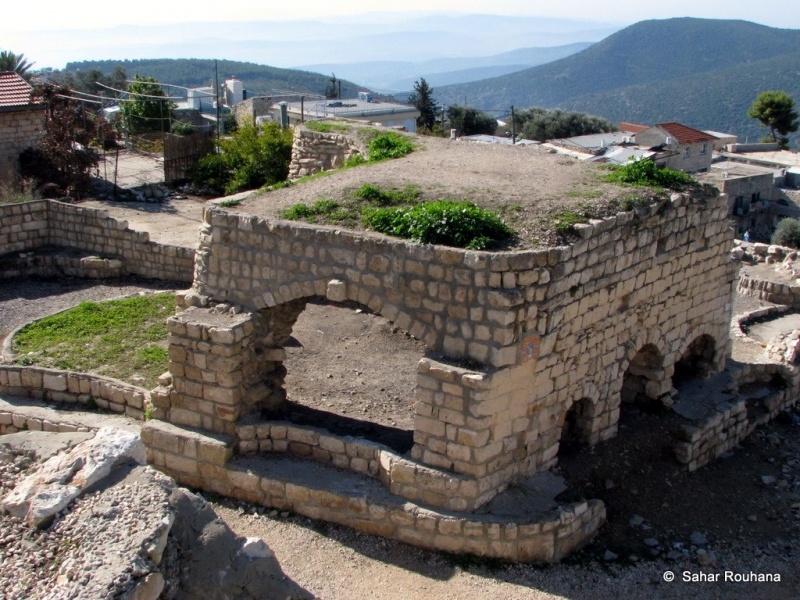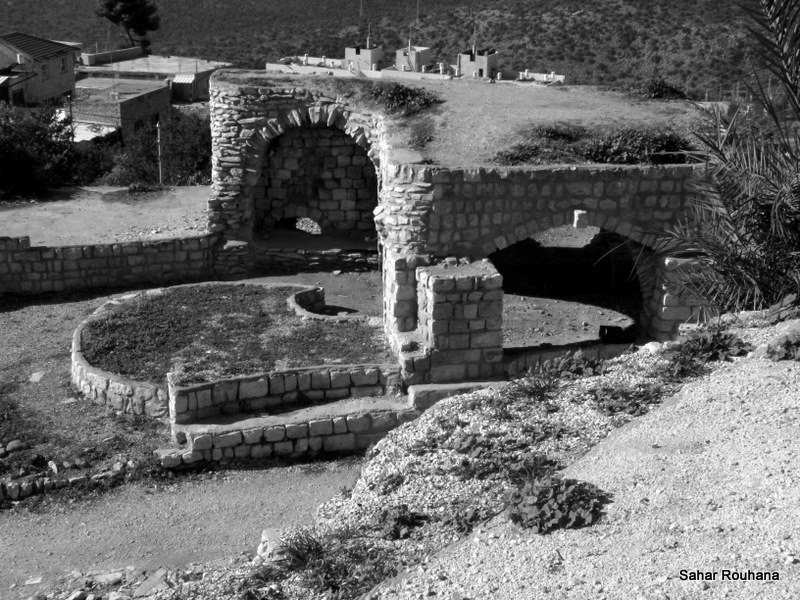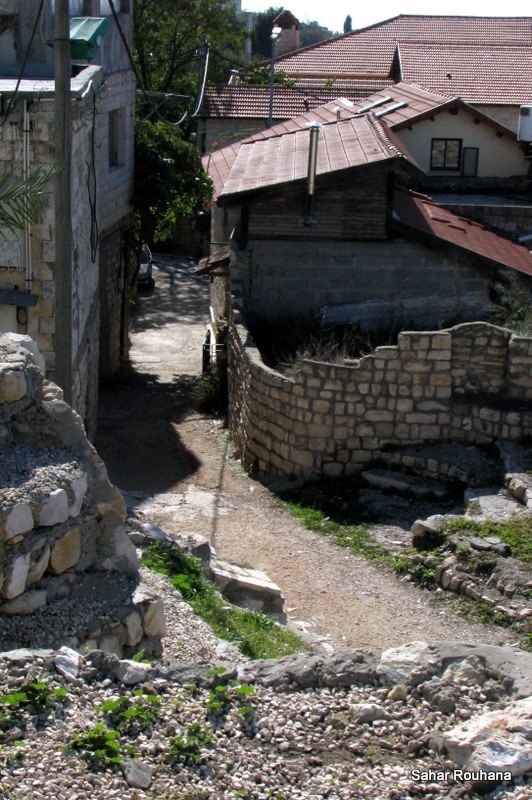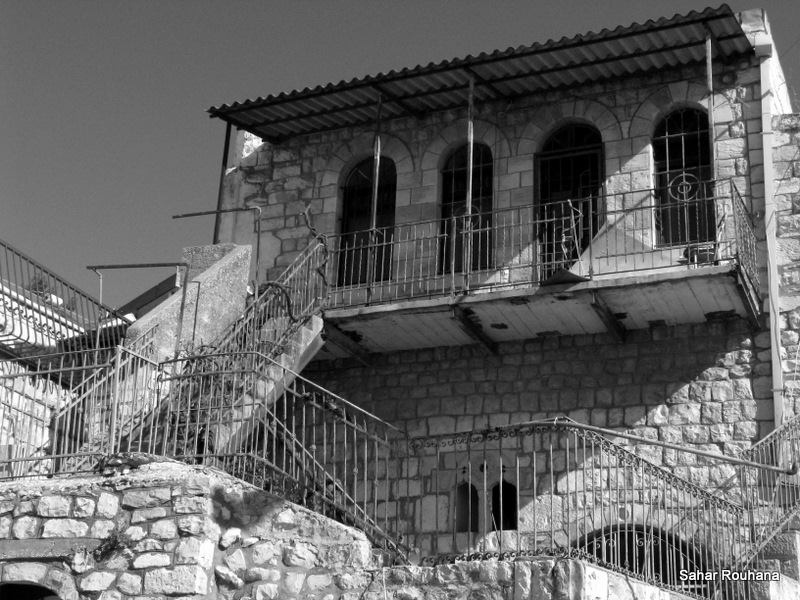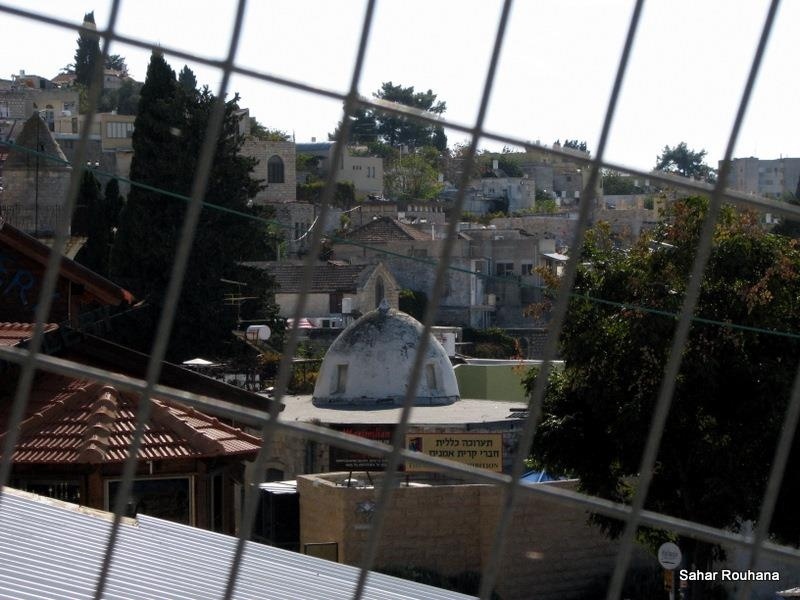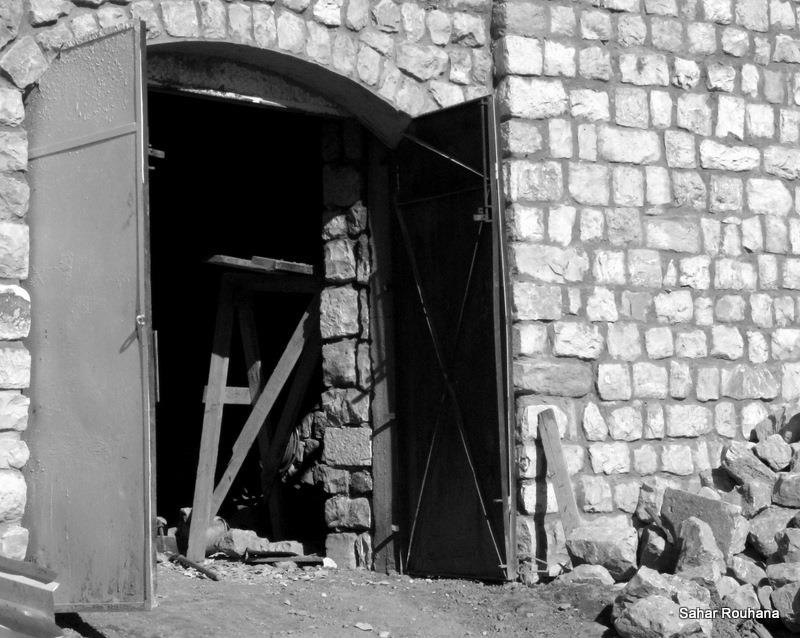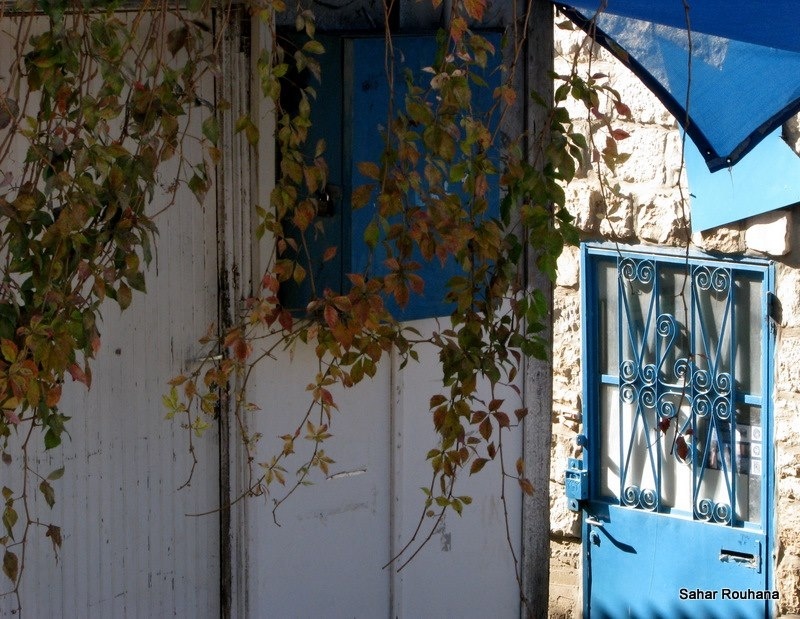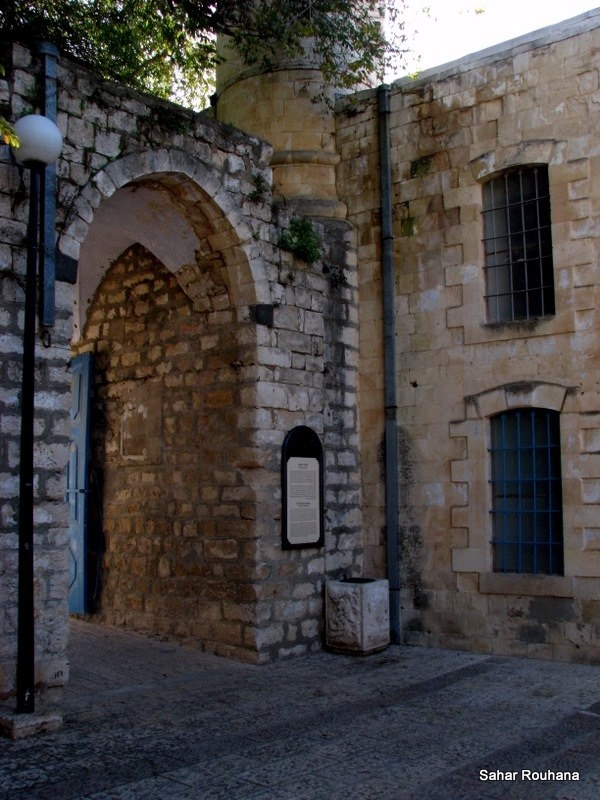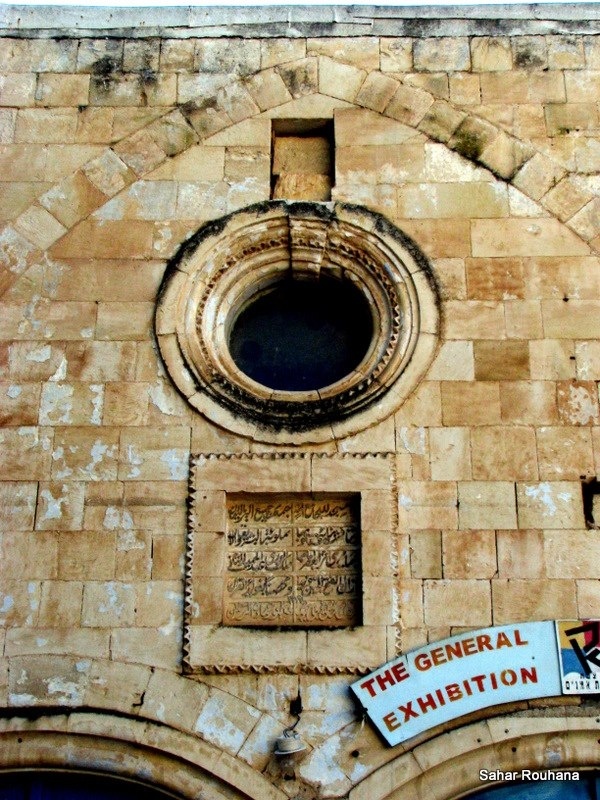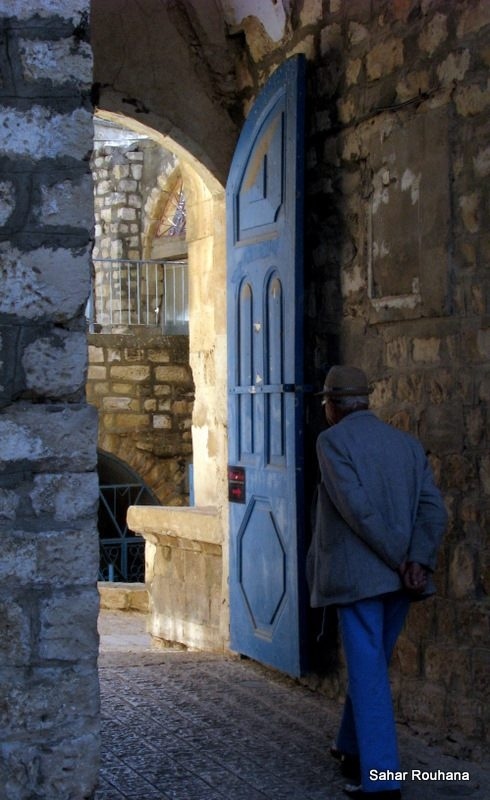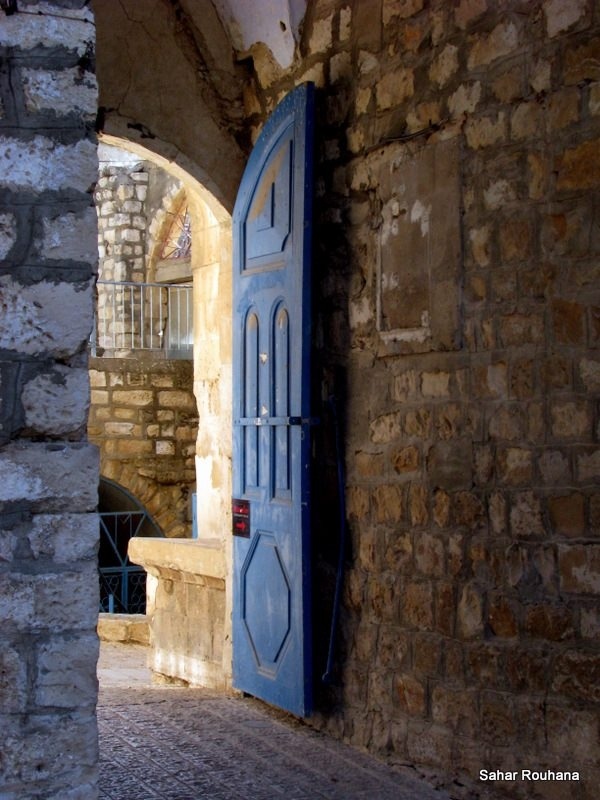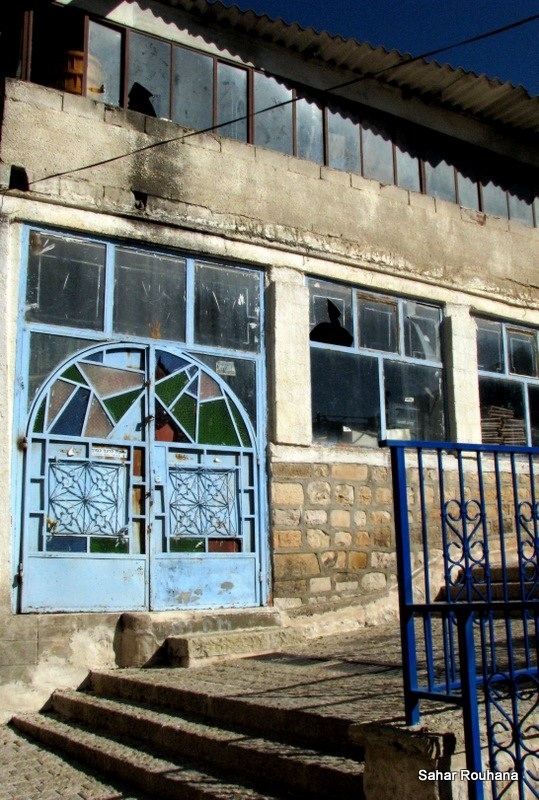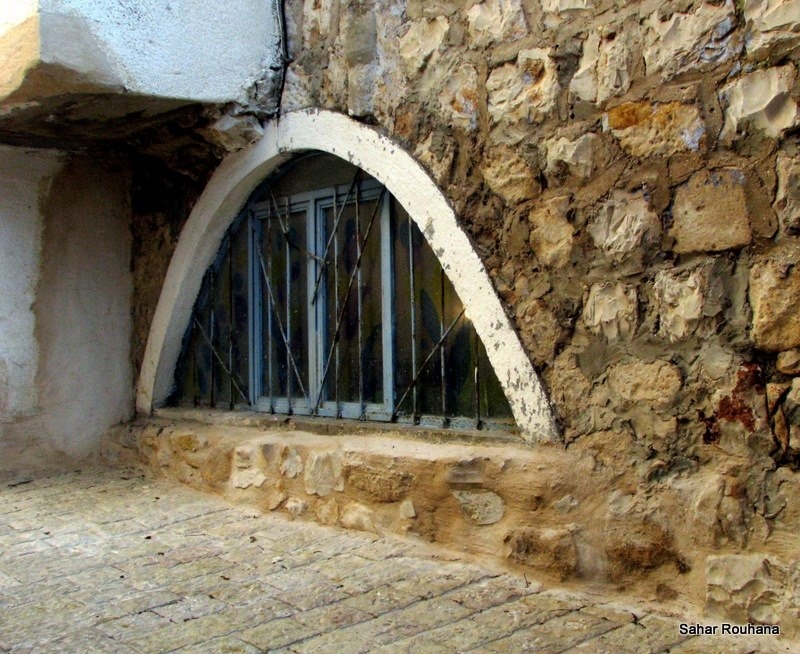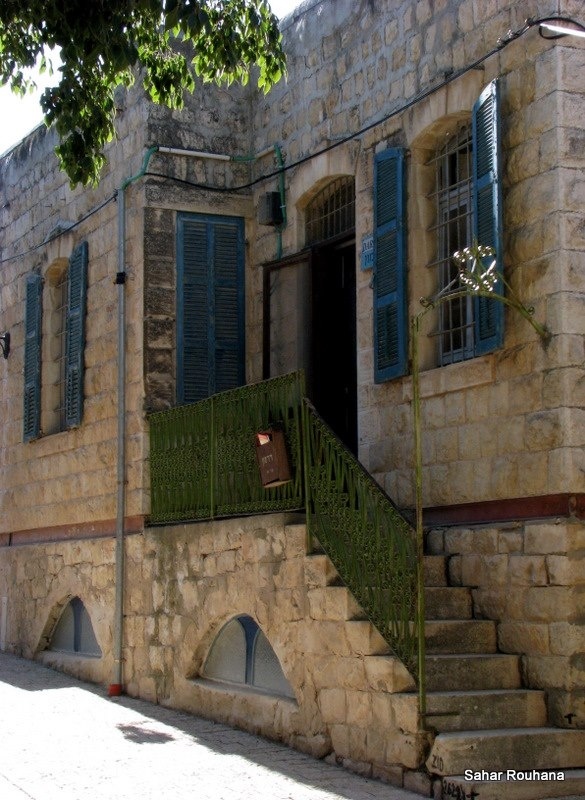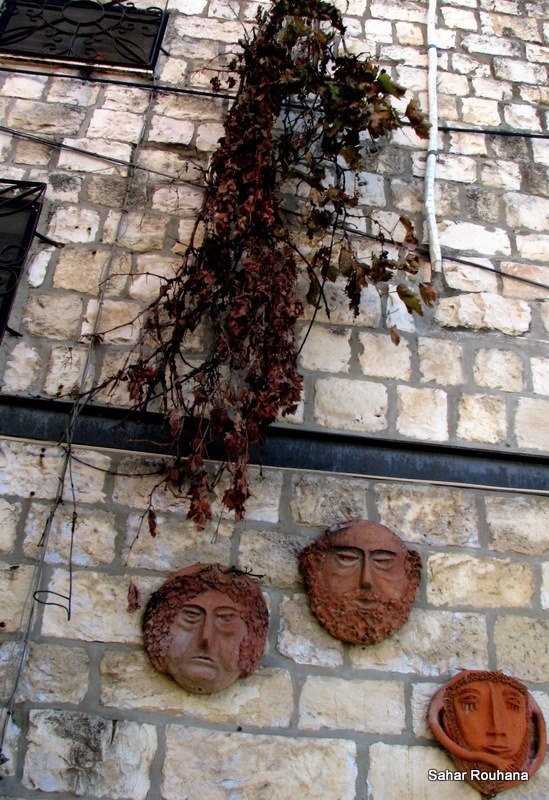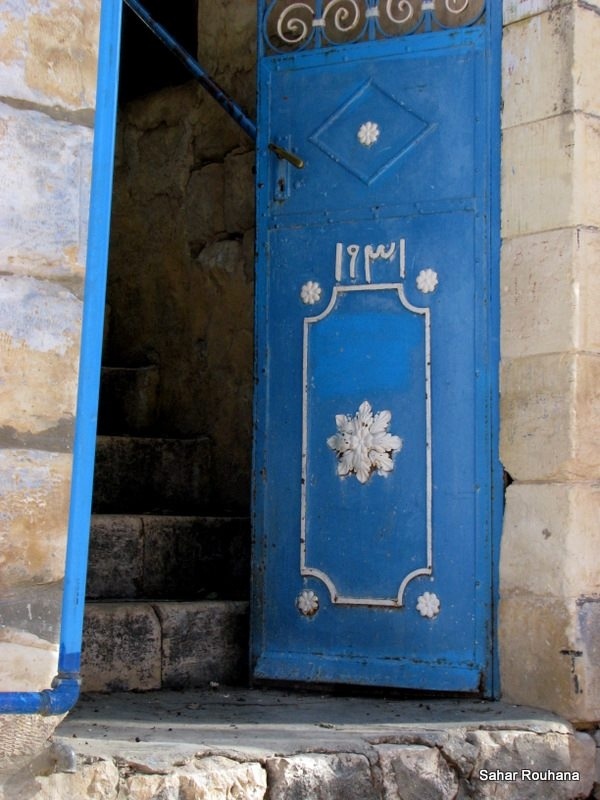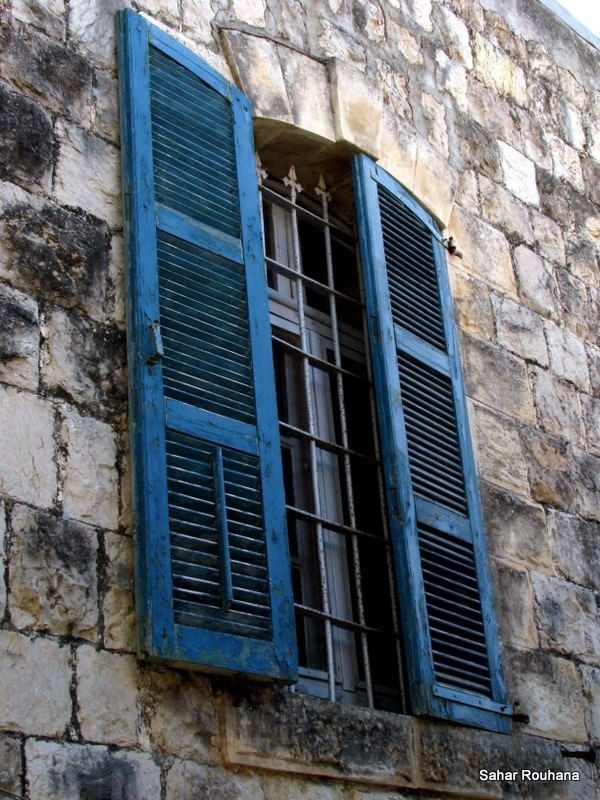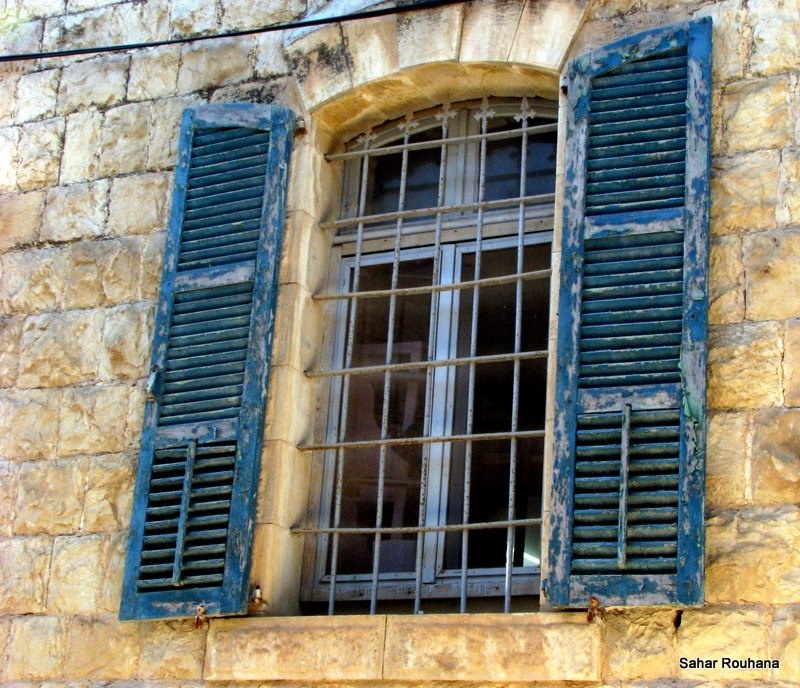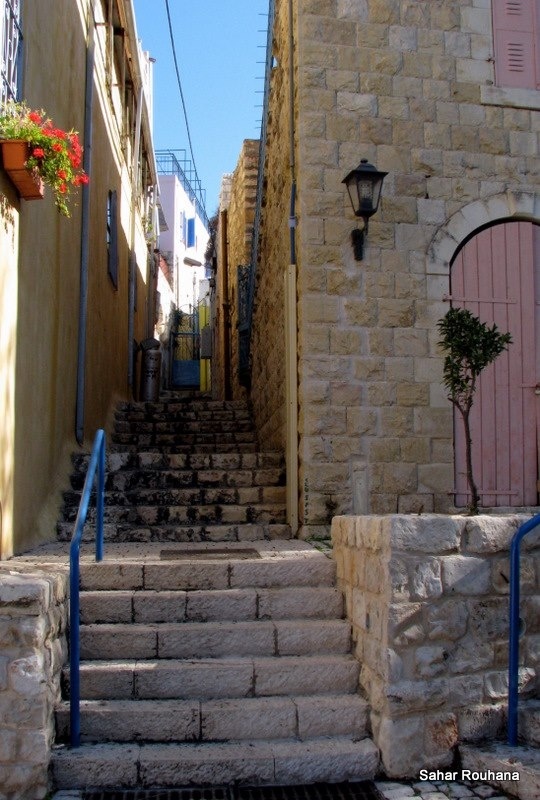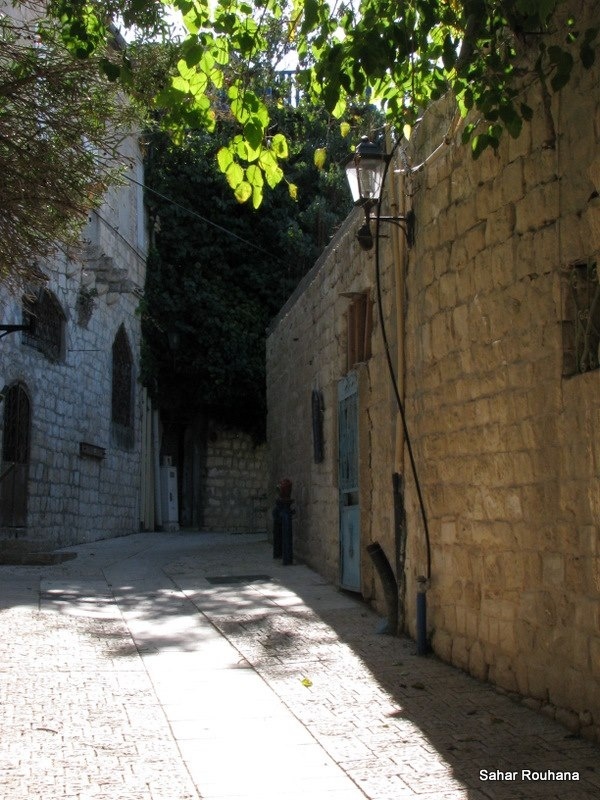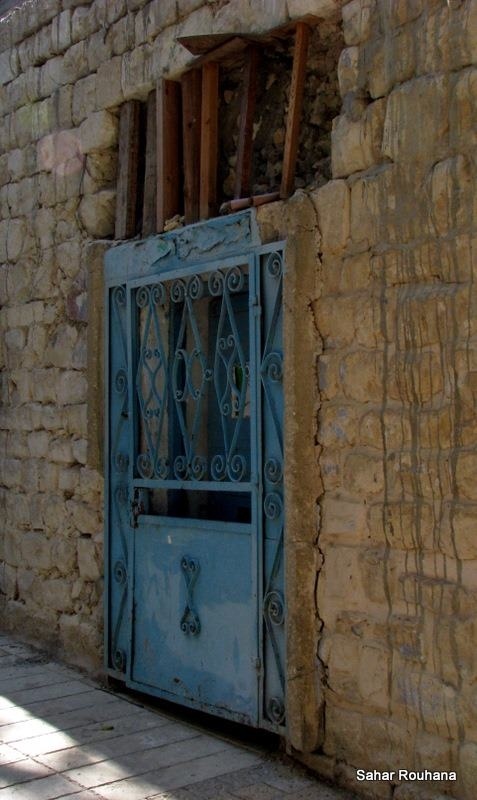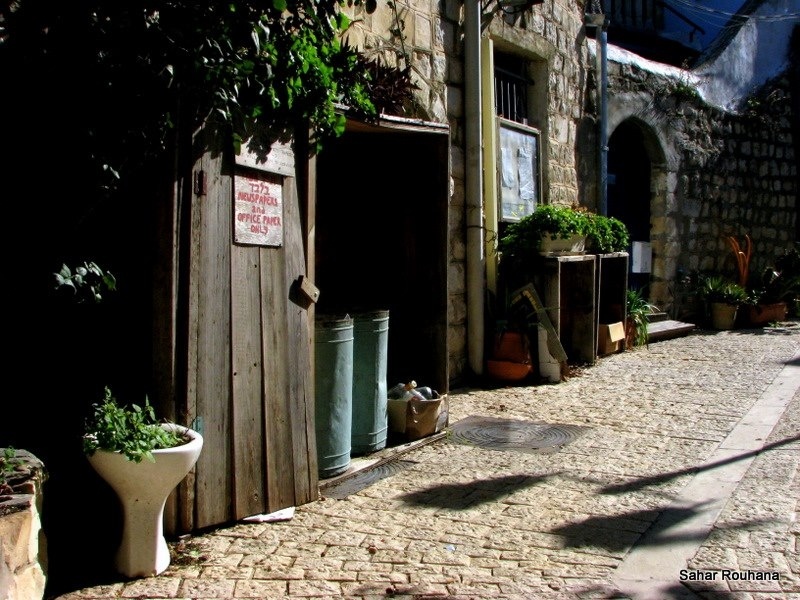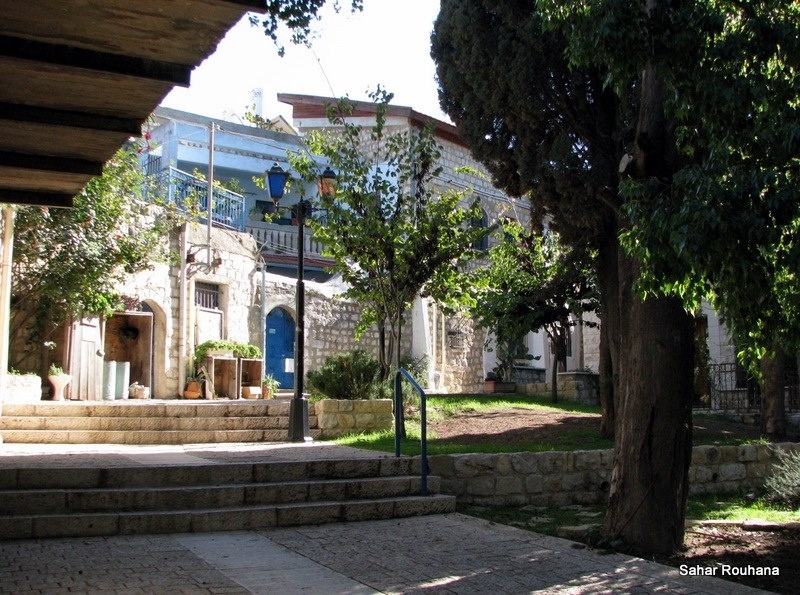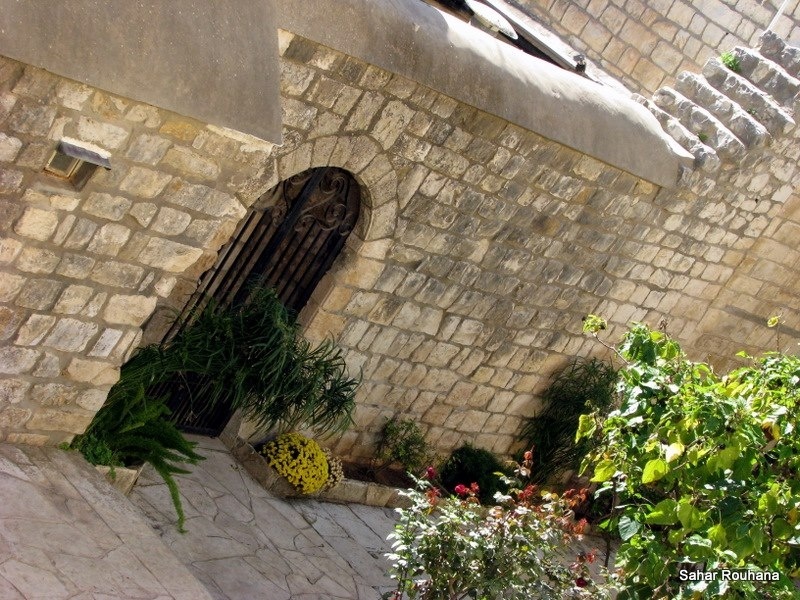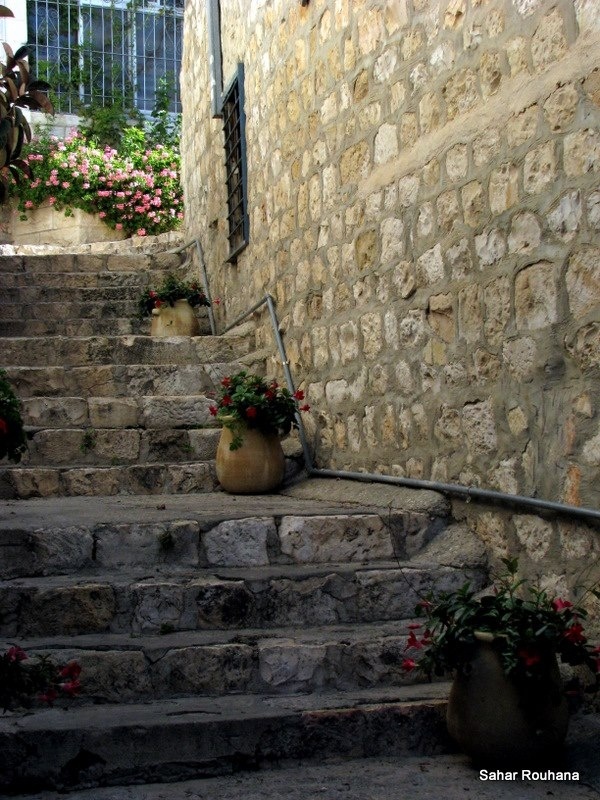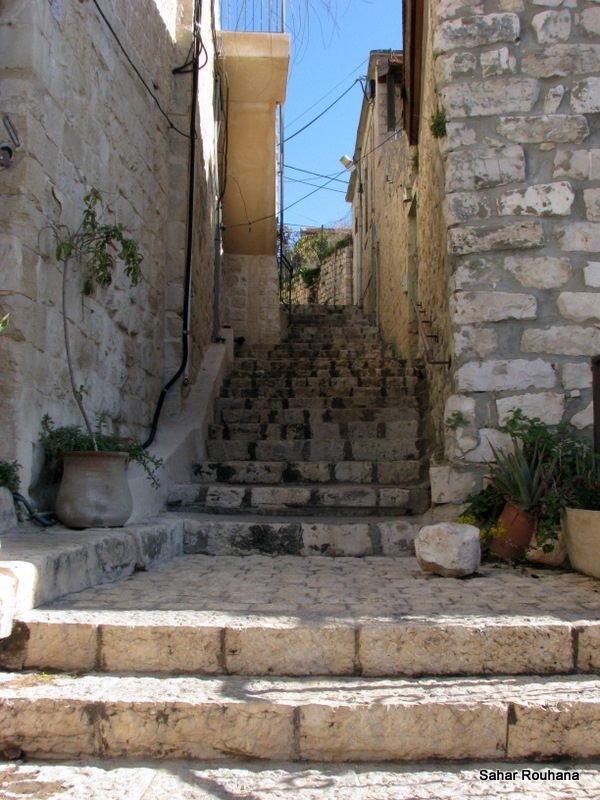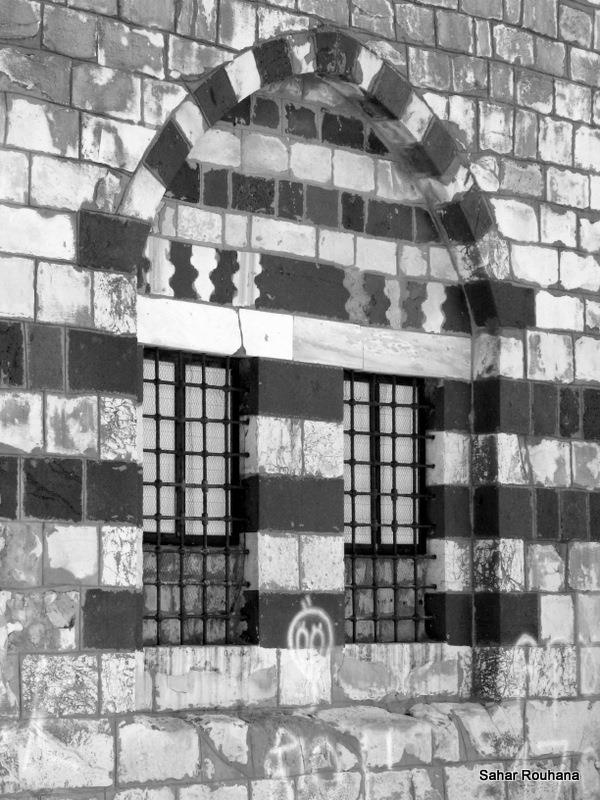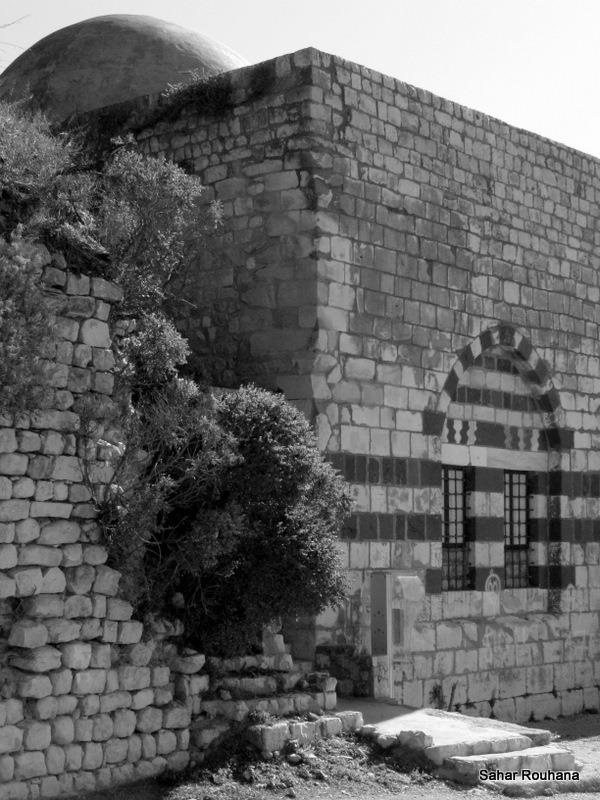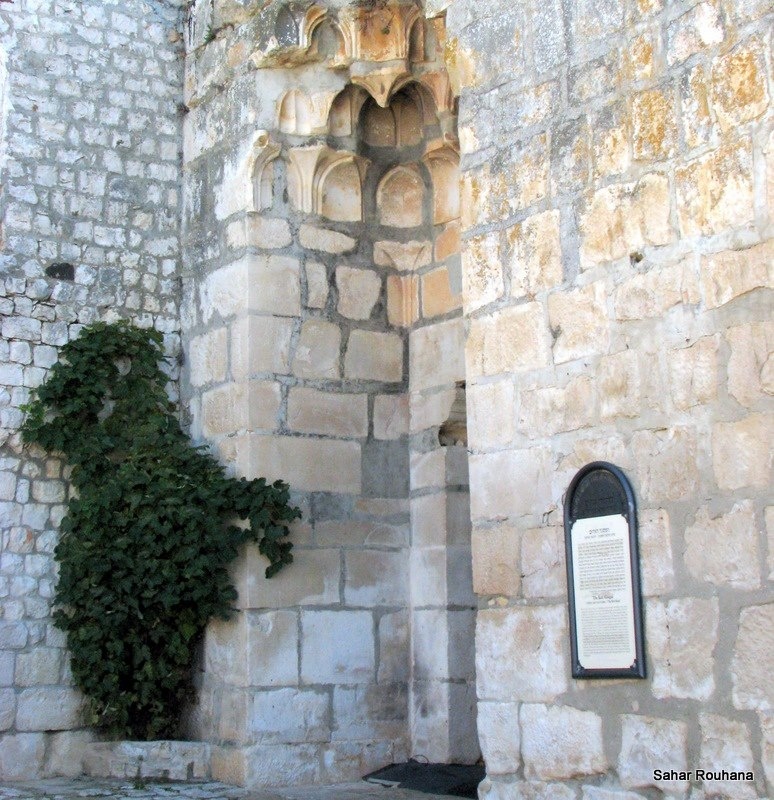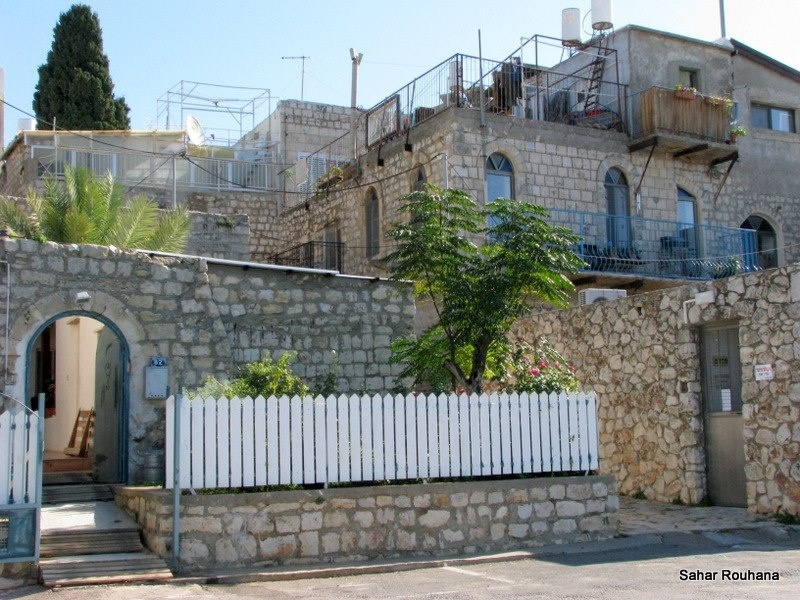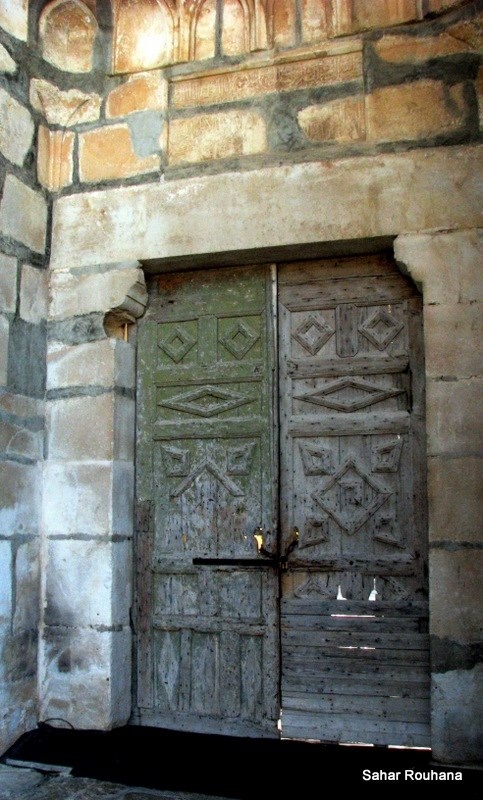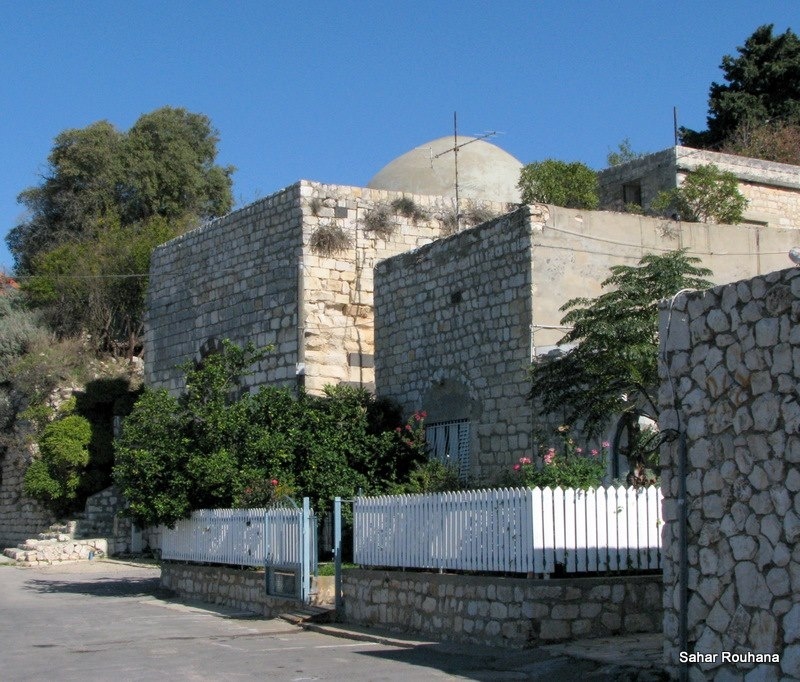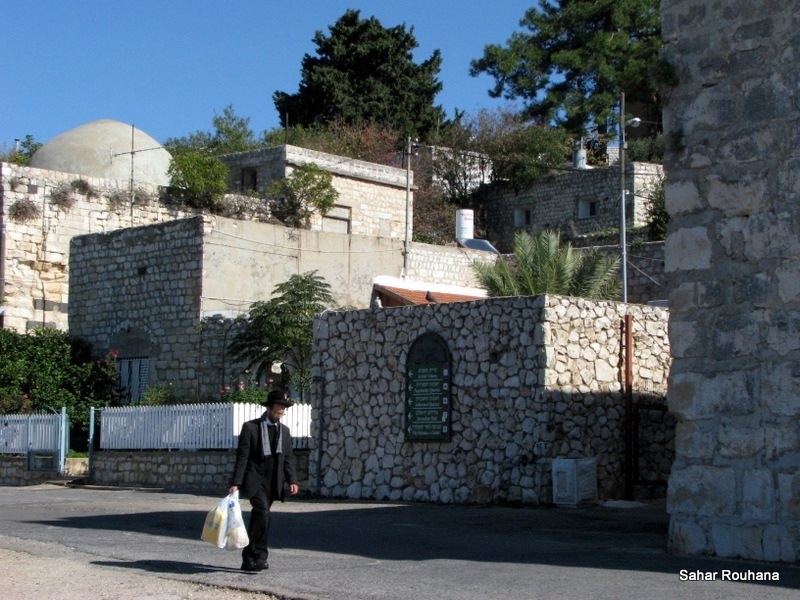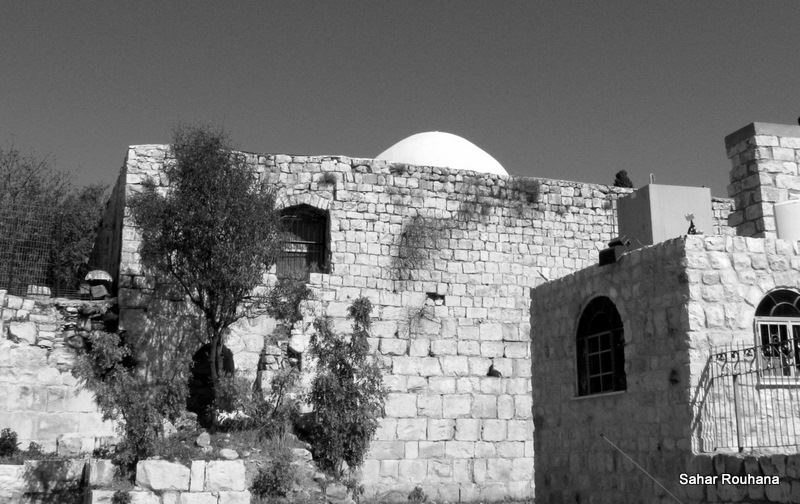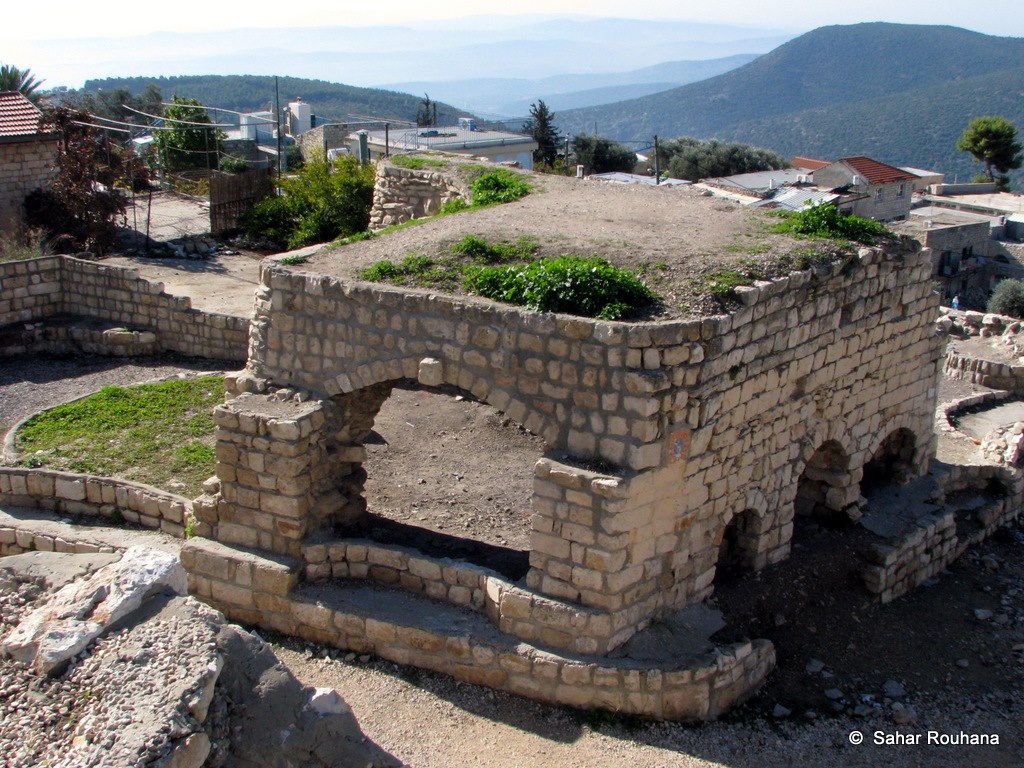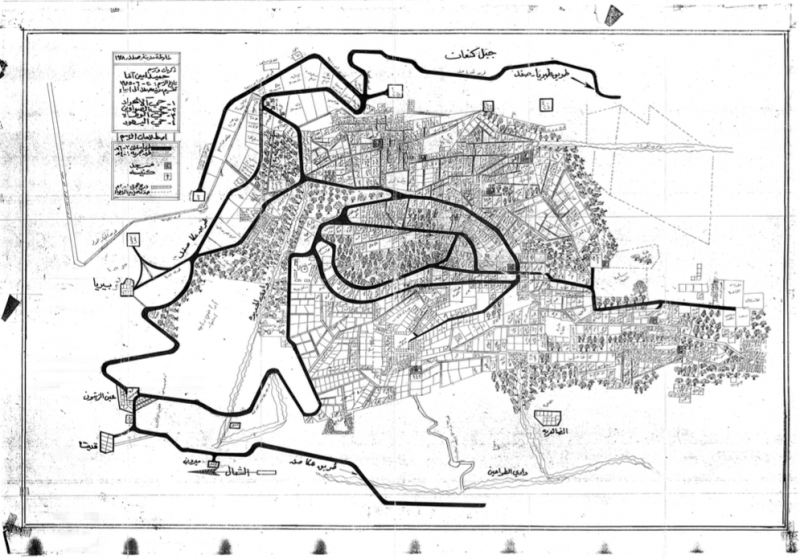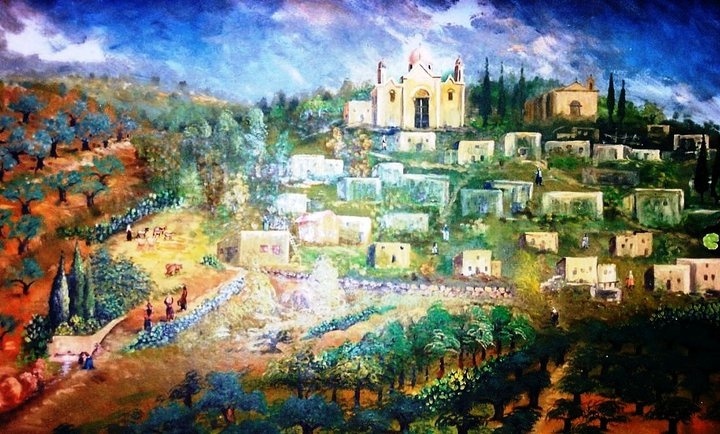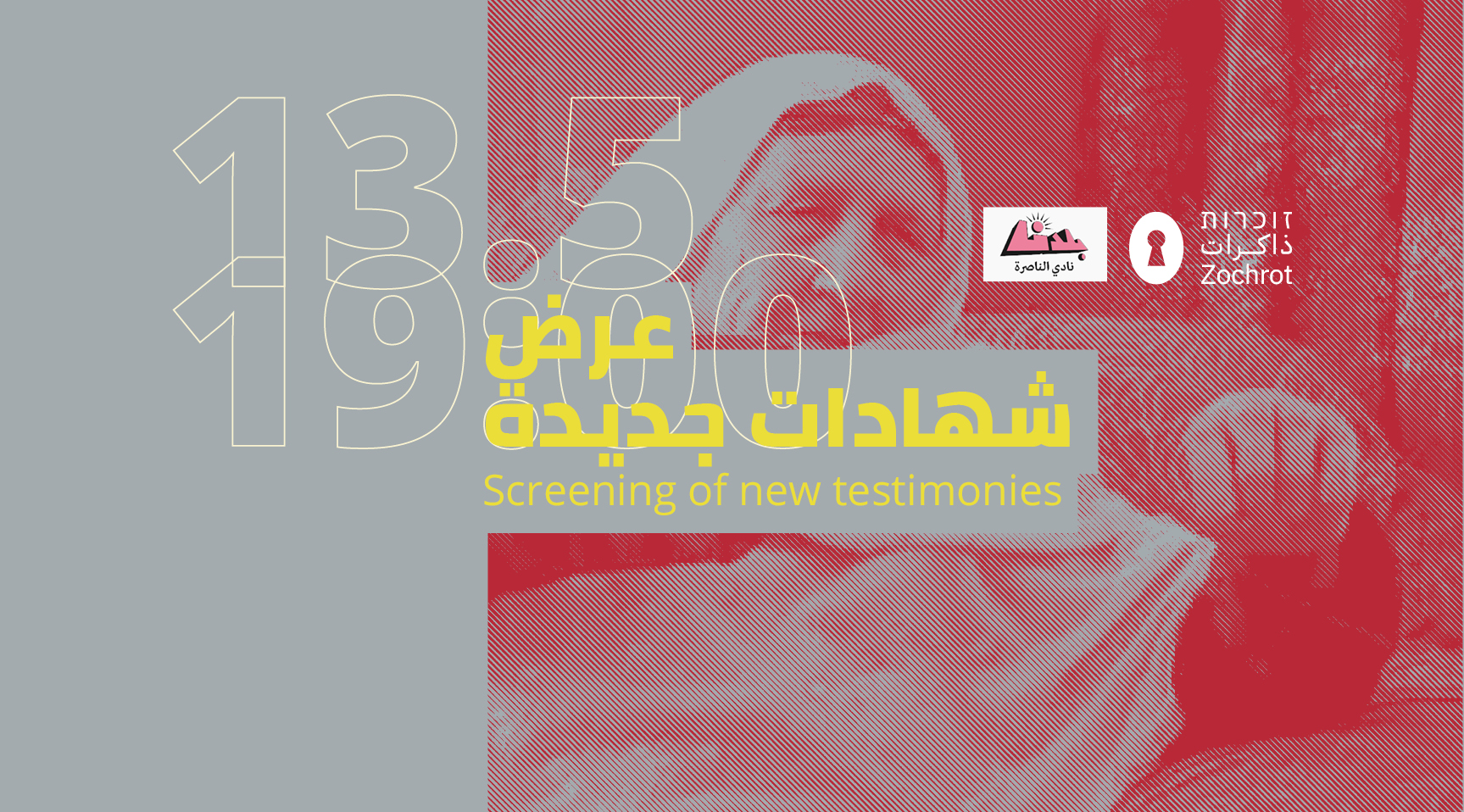Info
District: Safed
Population 1948: 11060
Occupation date: 11/05/1948
Jewish settlements on village/town land before 1948: None
Jewish settlements on village/town land after 1948: None
Background:
Safad Before 1948
The city of Safad , the undeclared capital of Galilee, had a population of 9,530 Arabs and 2,400 Jews and a total urban land area of 1,1,429 dunums. The city lies in the hills of eastern Galilee and was long the most important town in northern Galilee. Its strategic and economic value stemmed from the fact it lay along historic trade and communications lines between Syria and Egypt. Safad’s importance thus made it a prize for various armies over centuries, including those of Crusadors, Napoleon, and various Islamic dynasties.
War was not the only disaster to befall Safad, like other towns in Palestin, it sustained damage during earthquake of 1837.
Safad ,like many other cities in Palestine, was founded by the Can’anites. Its ancient name was “ Safat” which means “al-withaq or al’ata` “ in Arabic ( offer or bond/tie). It was then an unimportant small village, and it remained like that for a long period of time. The historians of the first Arab conquests did not mention it in their narratives. The earliest reference goes back to the 10th century AD. An ancient synaguge and tombs of holy men, including those of the famous mystic Rabbi, Issac Lurith, and Joseph Caro, the famous Jewish legistlator and auther of the Shulhan Aruch, etc.
Occupation and Depopulation
Dr.Nafez Nazzal gives us the following details about the fall of Safad:
The people of Safad had heard that the city of Tiberias had fallen into Zionist hands. They became extremely worried when they heard that the fortress at Rosh Pinna and the nearby army camp had been captured and that the villages of Ja’una and Ghuweir Abu Shusha had been cleared of their Arab inhabitants. Fayiz Qadurah, a member of the Safad militia, recalled:
We continued to believe that Safad was safe. Upon the British evacuation on April 16, we occupied all the city’s strategic positions: the Citadel, the Government House, and the police post on Mount Cana’an... We were the majority, and the feeling among us was that we would defeat the Jews with sticks and rocks... The fall of Ja’una and other villages along the Tiberias-Safad road worried us. Now we were besieged from the east and the south.50
Although 200 to 250 men of Safad were armed with various kinds of rifles and 35 to 50 rounds of ammunition each,51 very few had any systematic military training;52 they depended greatly on the Arab forces positioned in the city.53 Nevertheless when the Zionists attacked Em ez Zeitun, the Arab forces refused to join in the fighting and would not permit the militia to join the villagers in defending themselves, assuring everyone that Shishakli and his men would repulse an attack on the city, and that the task of the Arab forces in Safad and the militia was to defend the city. The people of Safad became discouraged and lost confidence in their forces. Cissa ~Abid al-Khadrah, a merchant and a member of the Safad militia, recounted:
We could not defend the city, nor did we count on the Arab forces to protect it. Rumours spread that the Jews had been given cEin ez Zeitun...
The fall of this village left the city besieged from the south, east and north. We felt that the Arab forces did not try to prevent this situation... If Sari Fnaish and his men did not protect cEin ez Zeitun, what would make you think he would protect Safad... what interest would they have in defending Safad but not cEin ez Zeitun?54 The decisive battle for Safad began on the night of May 9-10. The Palmach opened heavy artillery fire on all positions occupied by Arab forces in the city. Their use of the homemade mortar, the Davidka, which produced a great deal of noise, left the people of Safad in a state of shock. Usamah al-Naqib, a member of the militia, reported: On the night of the attack, the responsible Arab commanders:
Shishakli, Sari Fnaish,55 Ihsan Kamlamaz (trainer of the local militia); were out of the city.~ We did not have a unified command. Everyone fought on his own... We were unaware of what was happening in the other quarters of the city. Rumours spread that the ALA had begun to withdraw.... The people of Safad began to flee in panic. We could not find out what was happening.... It was raining hard. We knew we could not sustain the defence of our city alone and so by midnight decided to retreat. We heard that the city fell to the Jews by morning.57
The fall of Safad on May 10, 1948 was a great shack to the Palestinians in Galilee. The villagers of the Hula Valley were disheartened and terrified; a great number of the villagers in Eastern Galilee began to flee. Almost all of the villages surrounding the city of Safad were now evacuated.
------------------------------------------
50 Eyewitness Fayiz Qadurah, interviewed in Beirut, Lebanon, April 10. 1973.
51 Ibid., April 10, 1973. Jadu’iz al-Din, an officer with the ALA who served in Safad, estimated the strength of the militia as of May 1 at 300. “Suqut Madinat Safad” (“The Fall of the City of Safad”) Shu’un Filastiniya, No. 21 (May 1973), p. 95.
52 Only five of the armed men could use their weapons effectively, according to Usamah al-Naqib, a physician and, at the time, a member of the local militia, interviewed in Damascus, Syria, April 26, 1973.
53 Arab forces in Safad as of May 9 were distributed as follows: within the city were two Transjordanian detachments led by Sari Fnaish (assisted by Imil Jmai’an) and ‘lz al-Din al-Tall; the local militia, led by Subhi al-Khadrah; and a detachment of volunteers, led by Hisham al’Azam; surrounding Safad were an armoured squadron, led by Fayiz Qusri at Meirun, a detachment of six armoured cars (brought from Acre), led by Abdul-Hamid Saraj, and an Iraqi detachment, led by Jadudlz al-Din. Altogether. the forces were estimated at between 450 and 500 men. See ‘Iz al-Din, “Suqut Madinat Safad,” pp. 95-98; and al-Arif, al-Nakba, 1, 301-06.
54 Issa cAbid al-Khadrah, interviewed at Yarmuk Camp, Damascus, Syria, April 28, 1973.
55 There was great concern because Sari Fnaish, it was alleged, left Safad the night of May 9 on orders from King cAbdullab, who preferred to see Safad fall rather than let Haj Amin (who was believed to be on his way to Safad) form a Paaalestinian government in that city.
56 It is believed that Arab forces planned to attack the Jewish quarter of Safad at4:30 a.m., May 10, to end the Jewish offensive against Safad and relieve Jewish pressure on the city of Acre. See ‘lzal-Din, “Suqut Madinat Safad” pp. 98-103; and Lorch, Israel’s War of Independence, p. 111.
57 Eyewitness Usamah al-Naqib, interviewed in Damascus, Syria, April 30, 1973.
Safad Today
Most of the population was expelled by the Zionists, and not more than 500 Arabs live in Safad today.
The Zionists usurped 99% of all Arab homes, apartments and commercial buildings, and converted Safad into a Jewish city.
References:
al-Mawsu’a al-Filastiniyya, “Safad”, Vol. 3. Damascus: Enclopaedia Palaestina Corporation, 1984.
Michael R. Fischbach, “Safad” in Philip Mattar, editor, Encyclopedia of the Palestinians. New York: Facts On File, Inc., 2000.
Issa Naakleh. Encyclopedia of the Palestine Problem. Vol. 1.New York: International Books, 1991.
Nafez Nazzal. The Palestinian Exodus fro galilee 1948. Beirut: The Institute for Palestinian Studies, 1978.
Videos
Video in Arabic with English Subtitles.
Refugee from Safad
Refugee from safed
Palmach soldier


